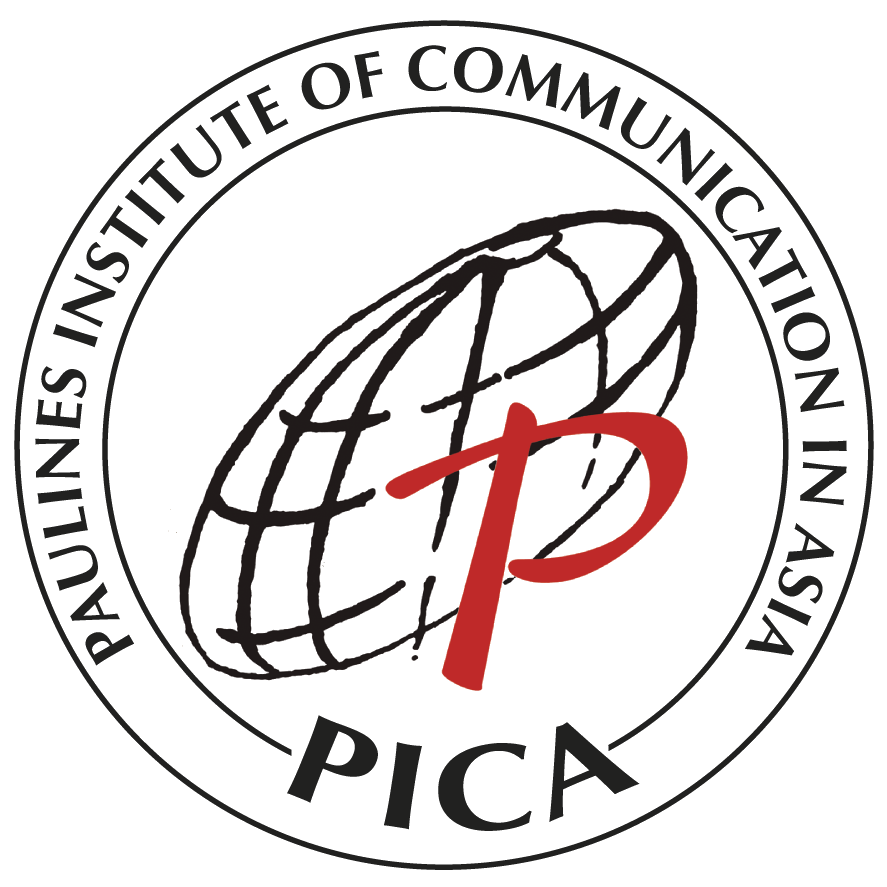The Information Technology has penetrated all areas of life. Let us use it for promoting what is true, good and beautiful.
 The fastest development happening in the world today is in the field of communication. Communication technology, as we have observed, is penetrating all the areas of society and human life, and no one knows to what extent its influence could reach.
The fastest development happening in the world today is in the field of communication. Communication technology, as we have observed, is penetrating all the areas of society and human life, and no one knows to what extent its influence could reach.
Communication Trends in Asia
Asian Media and Communication Bulletin (AMCB) reported this year that there are now 77 million worldwide domain registrations or websites available in cyberspace. Asia’s three fastest expanding countries for Internet services are China, Japan and South Korea. About 75% of South Korean households have broadband connections. Internet-connected mobile phone handsets have also become common. The Philippines might be low when the survey was taken but the yearly increase of user is 25% to 50% among young people.
Internet is accessible not only through computer cable but with wireless connection as well. Access is likewise possible through the mobile phone handset. It is reported that the sale of mobile phone handset with Internet connection has been increasing. It means that anywhere and at anytime, people can get connected to each other.
Our Level of Exposure
The so-called developing countries, like the Philippines, are trying to catch up with the trend. A research company reported an increase in computer ownership in homes, higher than that of business and government sectors. It has also been reported by the National Telecommunication Commission (NTC) that mobile phone handset owners in the Philippines are about 30 million now, which is more than one third of our population.
Since computer study is already part of the primary and secondary school curricula, parents try to provide their children even with second hand computer units. Moreover, those who cannot access the Internet in school or at home can go to the cyber cafe in the malls. Young people are becoming adept in accessing the Internet but they are in danger of exposing themselves to dangerous websites. Who can guide children if parents do not know any better? Technical skill is taught in school but not necessarily the moral implications of exposure to the enormous materials on the net.
Responsibility towards Internet
Internet can be a source of information for education, entertainment, social relationships, economic needs, political involvement or spiritual welfare. Name it and you have million choices to take.
However, not all domains are safe to surf. There is the fear of virus, of course, but a greater danger is waiting. Just one click with the mouse of the computer or mobile phone and is face to face with dangerous materials. Can we protect ourselves from this unwanted exposure? Media Literacy is a form of protection. It will enable users to learn the language of Internet, interpret the codes and symbols, and evaluate the entire Internet text together with the illustrations, photos, color, and format among others. It will enable surfers to appreciate and critique the entire content in the context of the source and target audience, from the perspective of our social, political, economic, education and religious and moral values.
Some practical advices might help. Do not surf if you have no idea of the website source or owner; if you are not familiar with the general content and intended audience; if you have no purpose for surfing. As there are many evil things in the Internet, there are also many good as well. For those who discover the commendable websites, we can do advocacy by promoting them to our family, relatives, friends, peers and acquaintances. We can be agent of good tidings Information Society.
